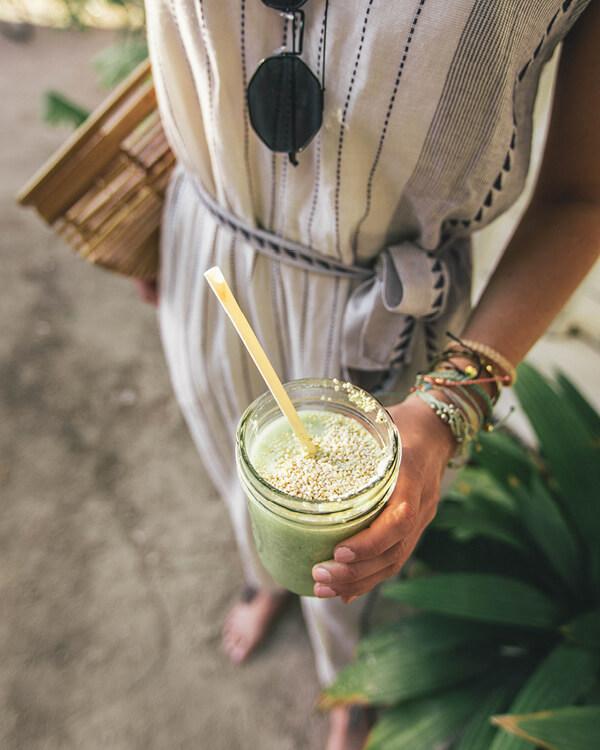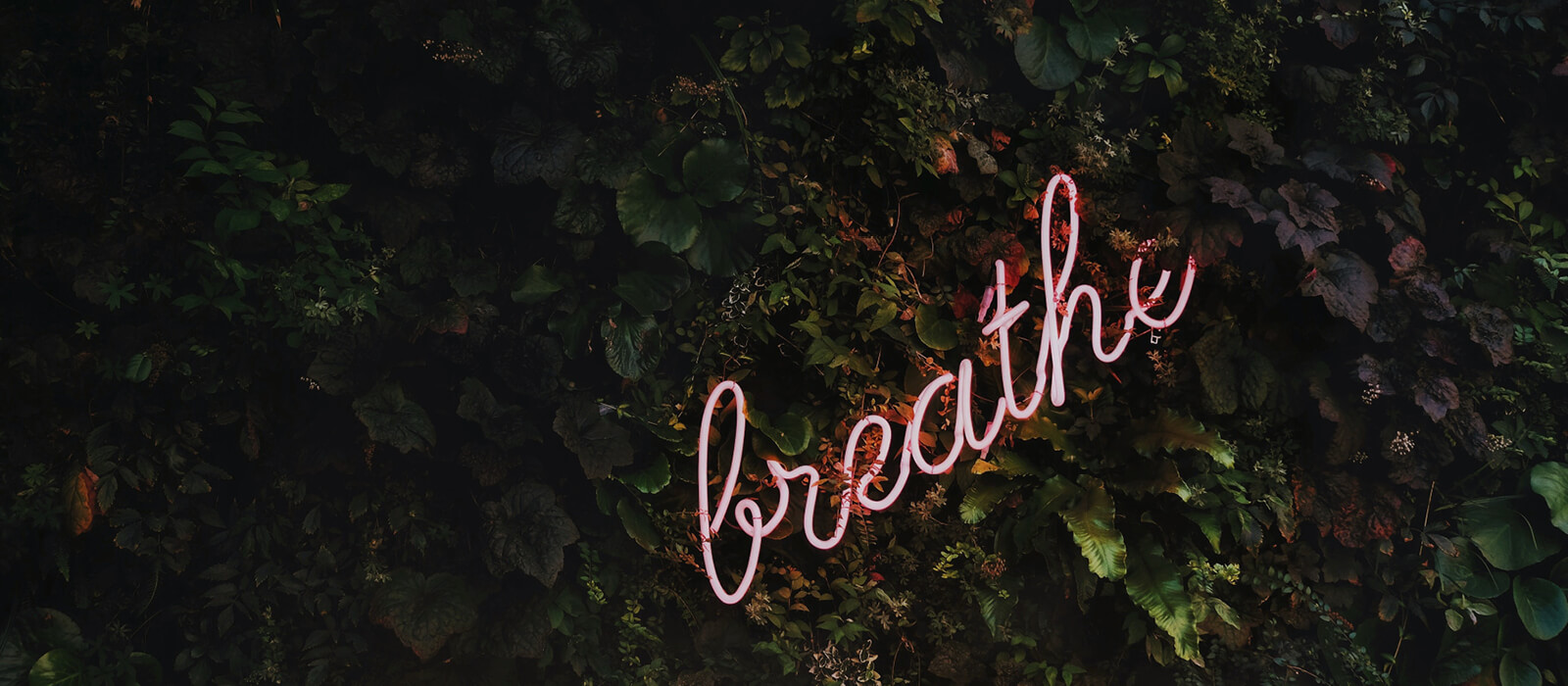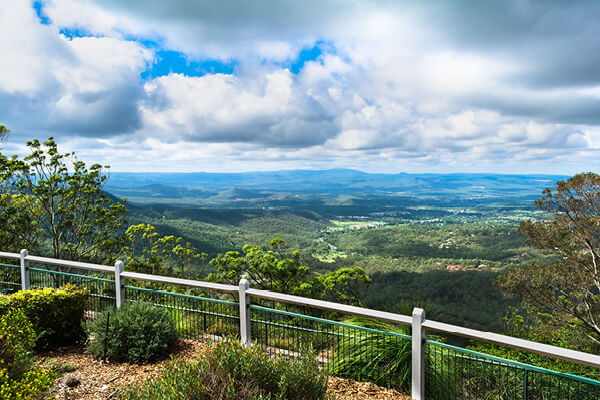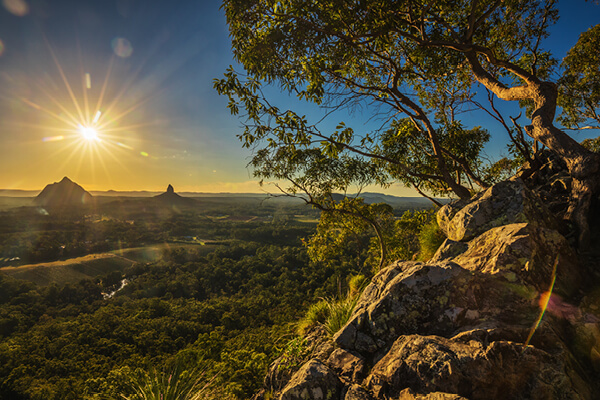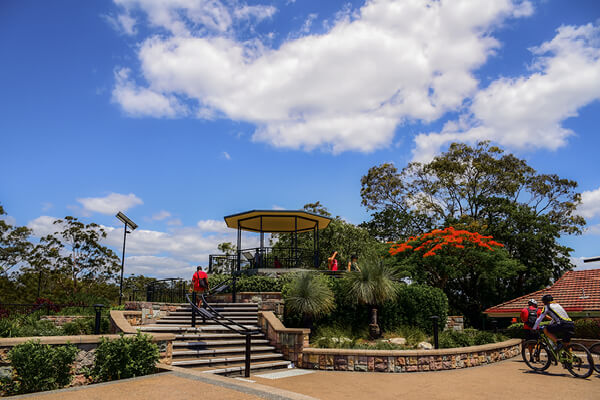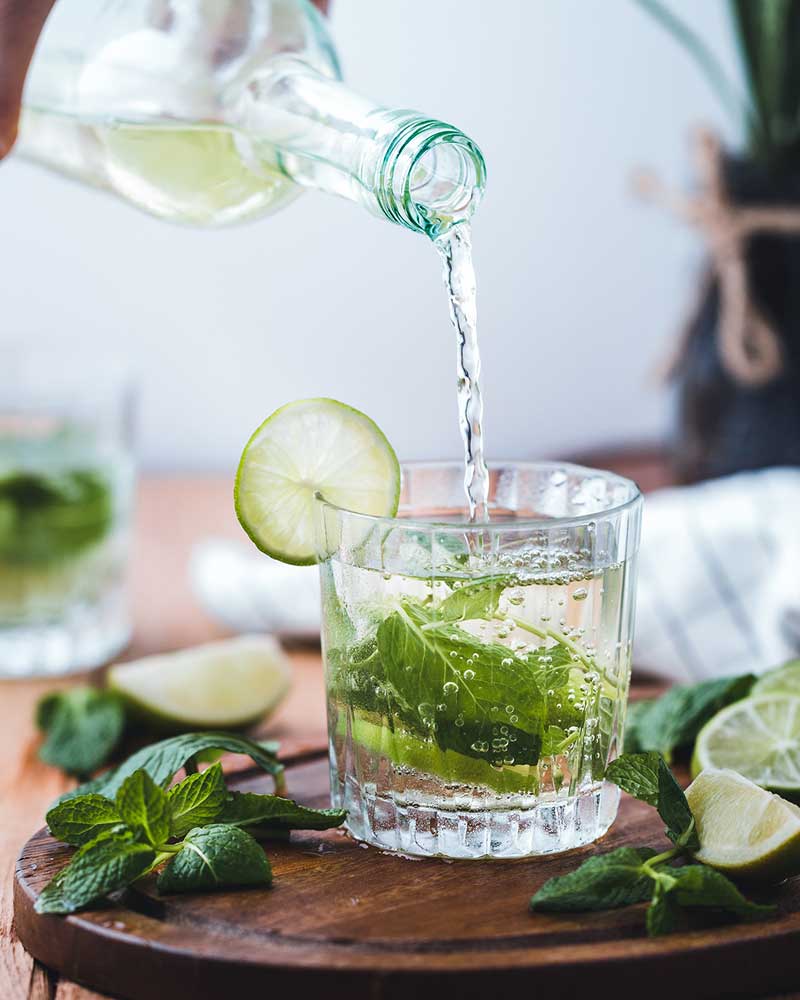Eating seasonally has numerous benefits for both your health and the environment. Here are just a few reasons why you should consider incorporating seasonal foods into your diet:
1. Seasonal foods are fresher and more flavorful. When fruits and vegetables are grown in their natural season, they are able to fully ripen on the vine or plant, resulting in a richer flavor and more nutrients. Produce that is out of season often has to be shipped from far away, which can lead to a loss of flavor and nutrients during transport.
2. Seasonal foods are more affordable. Produce that is in season is typically more abundant, which leads to lower prices at the grocery store. On the other hand, out-of-season produce has to be shipped from distant locations, leading to higher prices due to transportation costs.
3. Eating seasonally supports local farmers. When you purchase seasonal produce from local farmers, you are supporting your community and helping to sustain small farms. This not only helps to boost the local economy, but it also reduces the carbon emissions associated with transportation.
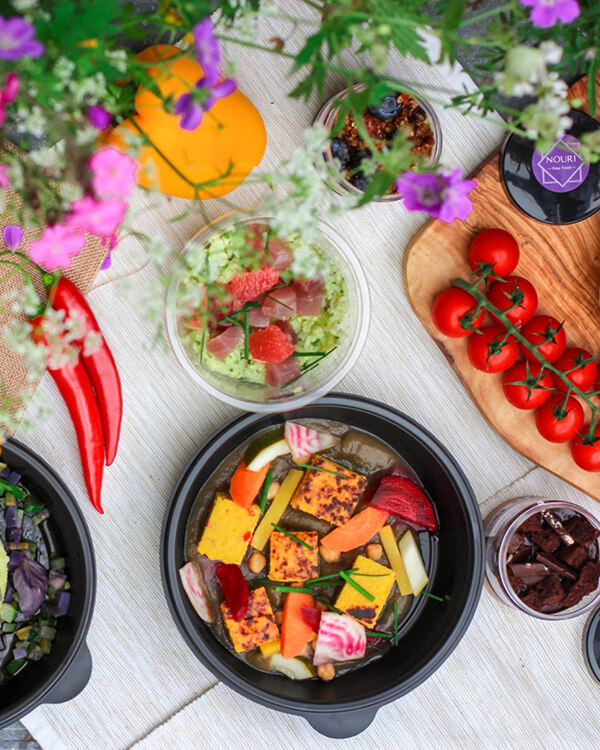
4. Seasonal foods are better for the environment. Growing produce in season requires less energy, as it takes advantage of natural weather patterns and conditions. This is especially true for local, small-scale farms that use sustainable growing practices. In contrast, producing out-of-season produce often requires the use of greenhouses or other energy-intensive methods to artificially create the necessary growing conditions.
5. Seasonal foods offer a wider variety of nutrients. Each season brings its own unique set of fruits and vegetables, providing a diverse range of nutrients throughout the year. For example, summer produce is often high in water and fiber, while winter produce is often rich in vitamins and minerals. By eating a variety of seasonal foods, you can ensure that you are getting a wide range of nutrients to support your overall health.
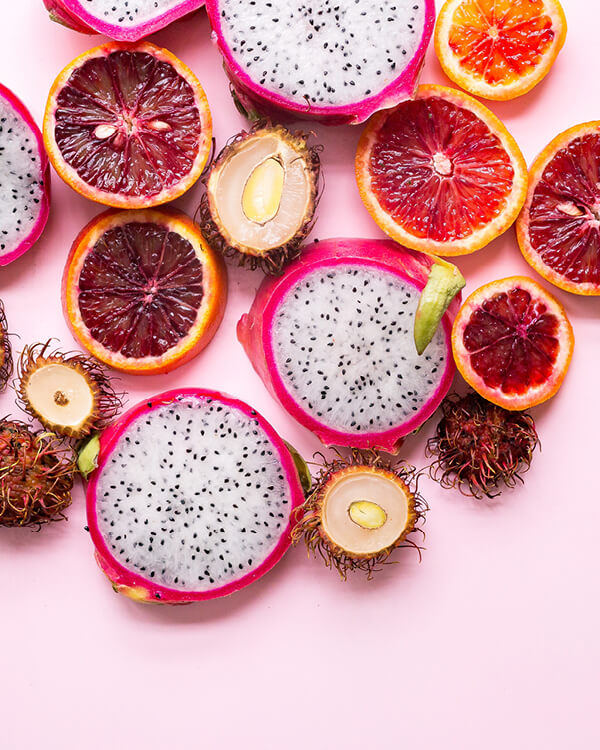
Eating seasonally does require some planning and flexibility, as you may need to adjust your meals based on what is available. However, the benefits of incorporating more seasonal foods into your diet are well worth the effort. Not only will you be able to enjoy fresher, more flavorful produce, but you will also be supporting local farmers and the environment while nourishing your body with a diverse array of nutrients. So, it’s always a good idea to try to incorporate as many seasonal foods into your diet as possible!





